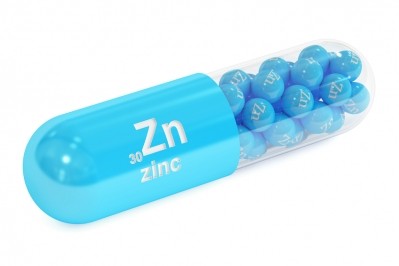EFSA welcomes views on new ways to assess nutrient levels in regulated products

The consultation, which runs from 15 July to 15 September, aims to address the excessive intake of some nutrients that can occur when that nutrient is contained in regulated products like food additives and pesticides.
Examples of these nutrients include phosphates and chlorides. Copper is also another one in which EFSA recently accepted a new request from the European Commission to review consumer exposure to the element from multiple sources.
The request, which is expected to be completed in early 2022, could reconsider the current Acceptable Daily Intake (ADI) for exposure to copper.
‘Assessing overall risk’
“The draft approach aims to harmonise assessments of the intake of these nutrients, the potentially hazardous properties of excessive intakes, and the overall risks for consumers,” states EFSA.
“We are holding a public consultation on the draft so that other scientific experts, organisations with an interest in the food chain, and members of the public can send us their views on the Scientific Committee’s proposal.”
The intake of nutrients is on the whole, encouraged and in the majority of cases is crucial for good health and wellbeing.
However, excessive intakes of some nutrients can raise health concerns. Health-Based Guidance Values (HBGV) aid in the determination of how much of the nutrient is allowed in regulated products such as food additives and pesticides.
It defines the maximum (oral) exposure to a substance that is not expected to result in an appreciable health risk, considering current data, uncertainties in these data, and the likely duration of consumption.
Situation can arise when substances are added to food such as additives or the residues in food (and drinks) that are the result of regulated uses of a substance such as a feed additives or pesticide.
This is not unusual: phosphates, chlorides, vitamin C or copper are just some examples that have received recent EFSA attention, leading to assessments of the same substance under different scientific methodological approaches and regulatory frames.
Dietary Reference Values (DRV)
For vitamins and minerals, with particular physiological functions in the human body, the situation is different.
Minimum intakes are required in order to fulfil physiological requirements, while excess intakes may lead to adverse health effects.
Thus, a set of reference values, the Dietary Reference Values (DRVs), are typically derived for nutrients.
Closely related to the DRV are the Average Requirement (AR) and the Population Reference Intake (PRI) (or the adequate intake (AI) if a PRI cannot be established).
Other measurements used include the Reference Intake (RI) range for nutrients provide guidance on the amount of a nutrient needed to maintain health in a healthy group of people.
In contrast, the tolerable upper intake level (UL) represents the maximum level of total chronic daily intake of a nutrient (from all sources) judged unlikely to pose a risk of adverse health effects to humans.
Interested parties are invited to submit written comments by 15 September 2020.














